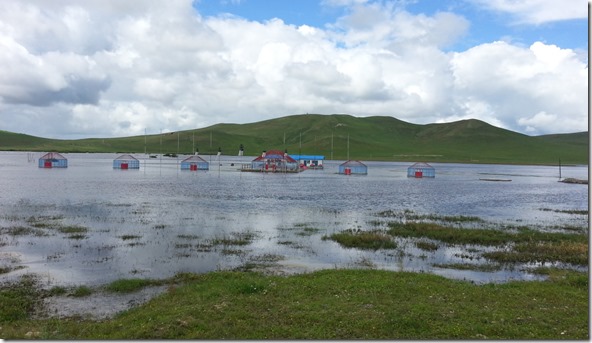The topic for the book with such teasing title was selected due to outstanding flood that took place on transboundary Amur River in summer and autumn of 2013 and need to explore feasible options for integrated flood management jointly implemented by Russia and China.
Now, as in September 2016 the “Lionrock” typhoon again brought havoc to villages and towns of the Far East and helpless management agencies instead of concerted action started are again discussing “flood-prevention hydropower”, we should remove brackets in the book title: “Lessons Unlearned”. But our masterpiece has already been printed.
RwB, WWF and other conservation groups joined forces with the East Siberia Branch of the Russian Research Institute for Integrated Use and Protection of Water Resources (VostokNIIVH) to develop more comprehensive review of integrated flood management. While seeking to introduce full array of approaches to flood management this book is focusing on Amur-Heilong River transboundary basin and is intended to promote there climate adaptation, ecosystem-based river basin management, strategic environmental assessment of development options related to flood management in transboundary river basins.
The book was published in Russian and can be downloaded from the WWF Russia web-site.
Here you can also download a 26-page SUMMARY in English with detailed conclusions of the flood study.
This research and fieldwork on the Amur River and assessment of its floodplains in 2013–2015 was supported by Whitley Fund for Nature, DIPA, the Amur Branch of WWF-Russia, Global Green Grants Fund and others. Report preparation was made possible by the UNECE Convention on the Protection and Use of Transboundary Watercourses and International Lakes and enhanced by our participation in the Second workshop on transboundary floods management supported by the UNECE and WMO. Some ideas set forward in this book emerged or were discussed due to our participation in Sino-Russian working groups on biodiversity and Amur Flood to which we were invited by Russian agencies. Sincere thanks to all institutions who contributed to this long process.
On behalf of all authors
Eugene Simonov, RwB Coordinator



